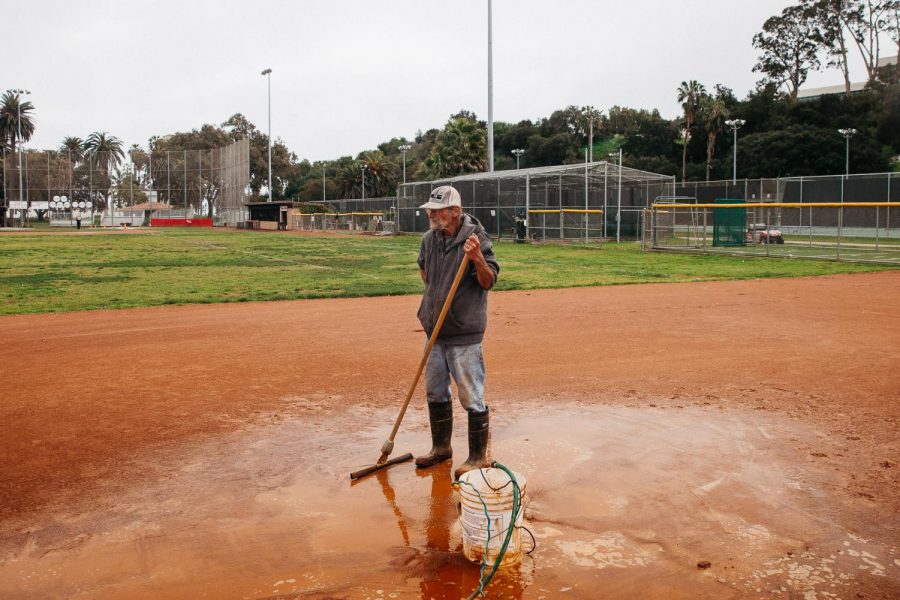Harmful chemicals in marine ecosystems have subjected orca populations to flame-retardant chemicals as far as turning them into fireproof whales, an Ocean Futures Society member said.
When Jean-Michel Cousteau and his team set out to film their latest documentary on killer whales, they were shocked to discover that the same toxic chemicals endangering these creatures are also an immediate threat to humans.
“Everything is connected,” says Holly Lohuis, education associate and team member of Santa Barbara’s Ocean Futures Society.
The film, “Call Of The Killer Whale,” airs on the Public Broadcasting Service on Earth Day, Wednesday, April 22 at 8 p.m. It is also being screened at City College on April 25 at 2 p.m. in the Business Communications Forum.
The film shows a direct link between human activity and the toll it has on the environment.
“Looking at it on a global scale,” Louis said, “what the human species is doing is altering the marine eco-system.”
Persistent organic pollutants, such as DDT and PCB, were banned more than 30 years ago, but the contaminants remain in the environment.
“Killer whales are being exposed to contaminants that we now know disrupt basic neurological and hormonal development,” Lohuis said.
Female killer whales pass huge amounts of synthetic toxins to their offspring, compromising whales’ immune systems from birth.
“Whether it’s the common cold or another virus,” Lohuis said, “they’re just not surviving those ailments that they would (naturally).”
Flame-retardants, such as polybrominated diphenyl ethers (PBDE), are added to synthetic materials like home furnishings and kids pajamas. PBDEs were heavily used in California because of the passing of the flame retardant law, TB 117, in 1980.
“What I’ve come to really understand is how weak our laws are against toxic chemicals,” Louhis said. “There are no standards set up that these chemicals have to be tested… and impact the environment.”
One of the whale pods in the Pacific Northwest are testing so high for these PCBEs that they are actually now being considered fireproof killer whales, said Lohuis.
The film illustrates the effect these toxic chemicals are having on killer whales and humans alike.
Lohuis and her four-year-old son, Gavin, are part of an ongoing study through the Environmental Protection Agency. As shown in the film, Gavin’s blood showed 3 times the amount of flame-retardant chemicals than in his mother’s.
From statistics, these results are typical for a toddler.
“Today’s children have higher rates of conditions connected to chemical exposures in animal studies,” said Arlene Blum, PhD and executive director of Green Science Policy Institute.
In such studies, PBDEs have been proven to cause a range of problems, including damage to sex organs, memory and learning deficits, obesity, diabetes, and cancer.
“What we now understand because of TB 117, is California, on average, has up to ten times the amount of PBDEs in our household dust than our neighboring states,” Lohuis said. “And more than 200 times the amount than in Europe, where all forms of PBDEs have been banned since the late 1980s.”
Ocean Futures took their fight to Sacramento last month launching the beginning of a campaign to shed awareness on PBDEs, hoping eventually to ban them altogether



















